Goods Lifts
Goods lifts are pivotal elements in a multitude of industrial and commercial environments. Their primary role is to transport heavy loads between different levels of a building, significantly enhancing operational efficiency. By automating the movement of goods, these lifts alleviate manual labor, minimize the risk of workplace injuries, and expedite the flow of materials, ultimately boosting productivity.
Primarily utilized in manufacturing plants, warehouses, retail establishments, and distribution centers, goods lifts come in various designs and capacities tailored to specific needs. They may range from small, compact lifts used in retail backrooms to massive industrial lifts designed to hoist several tonnes of cargo. Their applications are diverse, extending to construction sites, hospitals, and even residential settings where mobility solutions are required for heavy items.
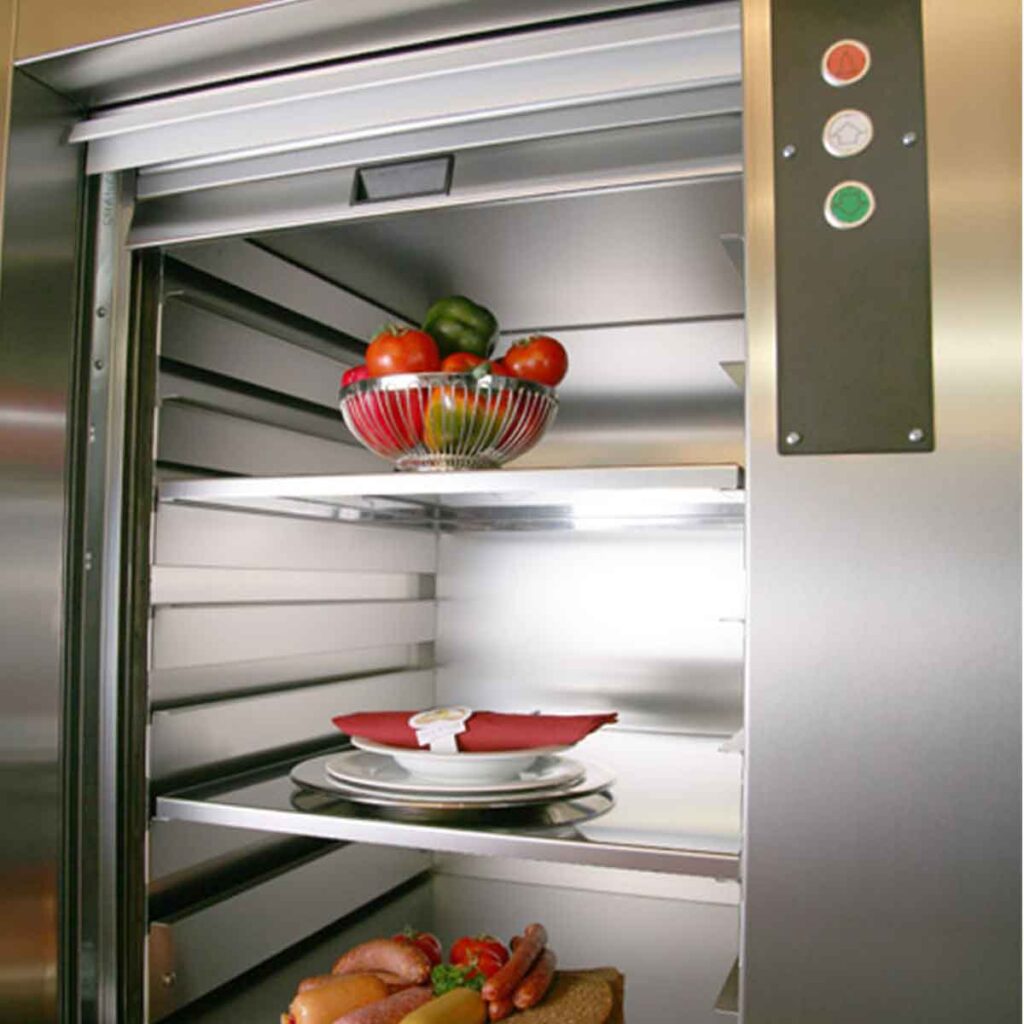
The importance of high-quality manufacturing in goods lifts cannot be overstated. Reliable performance and safety are paramount, given the heavy loads and frequency of use these lifts endure. Manufacturers must adhere to strict standards to ensure durability, stability, and safety compliance. Inferior quality could lead to equipment failures, posing severe safety risks and operational disruptions.
In summary, goods lifts are integral to modern industry, offering essential benefits that include enhanced safety, operational efficiency, and increased productivity. The importance of selecting a reputable manufacturer, who can guarantee the performance and reliability of their lifts, is crucial for maximizing these benefits. As we delve deeper into this guide, we will explore some of the top goods lift manufacturers and what sets them apart in this critical sector.
Key Features of High-Quality Goods Lifts
High-quality goods lifts play a crucial role in various industries by ensuring the efficient and safe transportation of goods between different levels of a building. When evaluating goods lifts, several essential features define their quality and suitability for industrial applications. Key among these features is load capacity, which determines the maximum weight a lift can handle. High load capacity enables the lift to transport heavy goods reliably, thereby improving operational efficiency.
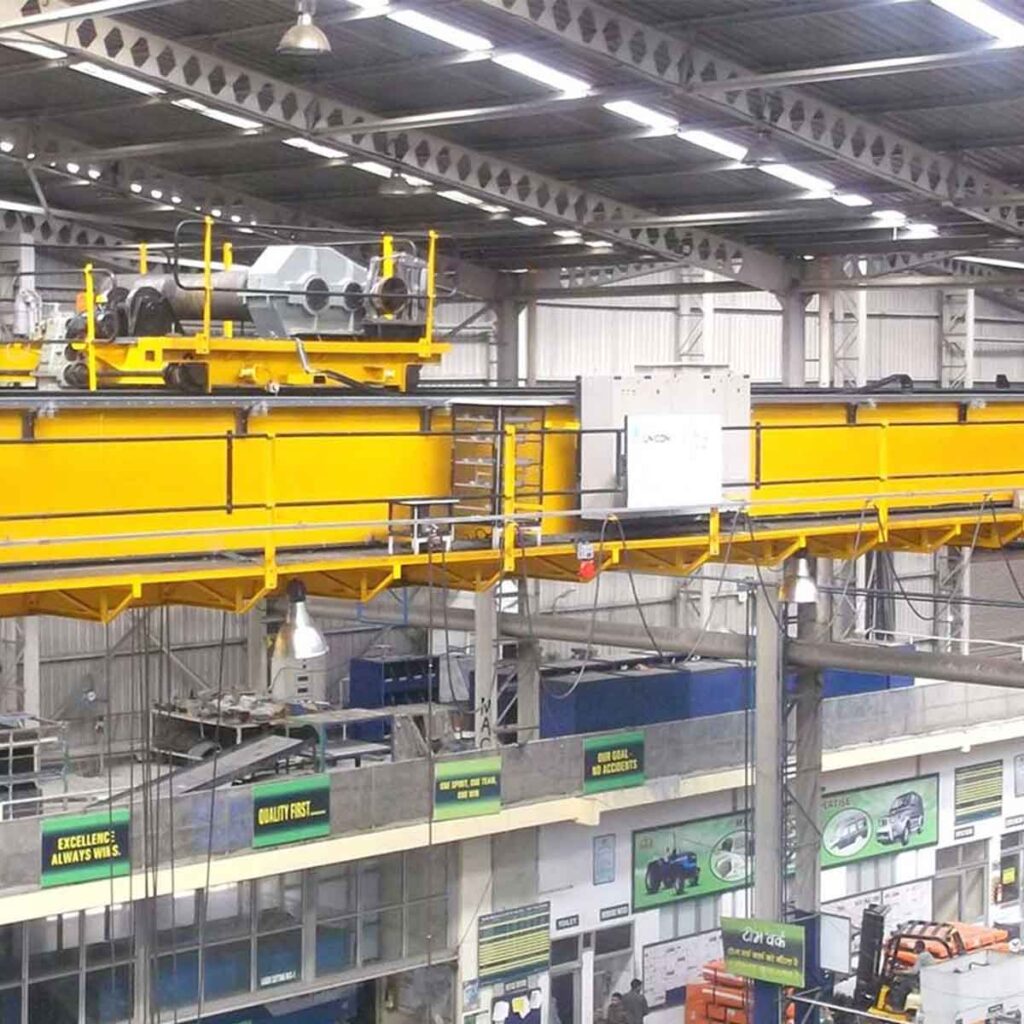
Durability is another critical attribute of top-tier goods lifts. Robust construction materials, such as reinforced steel and high-density composites, ensure that the lift can withstand constant use and exposure to harsh industrial environments without deteriorating. This longevity directly translates to reduced maintenance costs and minimal operational downtime.
Safety mechanisms are paramount in the design of high-quality goods lifts. Features such as emergency stop buttons, overload sensors, and precision braking systems are indispensable. They not only protect the load and lift mechanism from damage but more importantly, ensure the safety of the operators. Advanced safety technologies like automated door interlocks and fall arrest systems further enhance the protective measures.
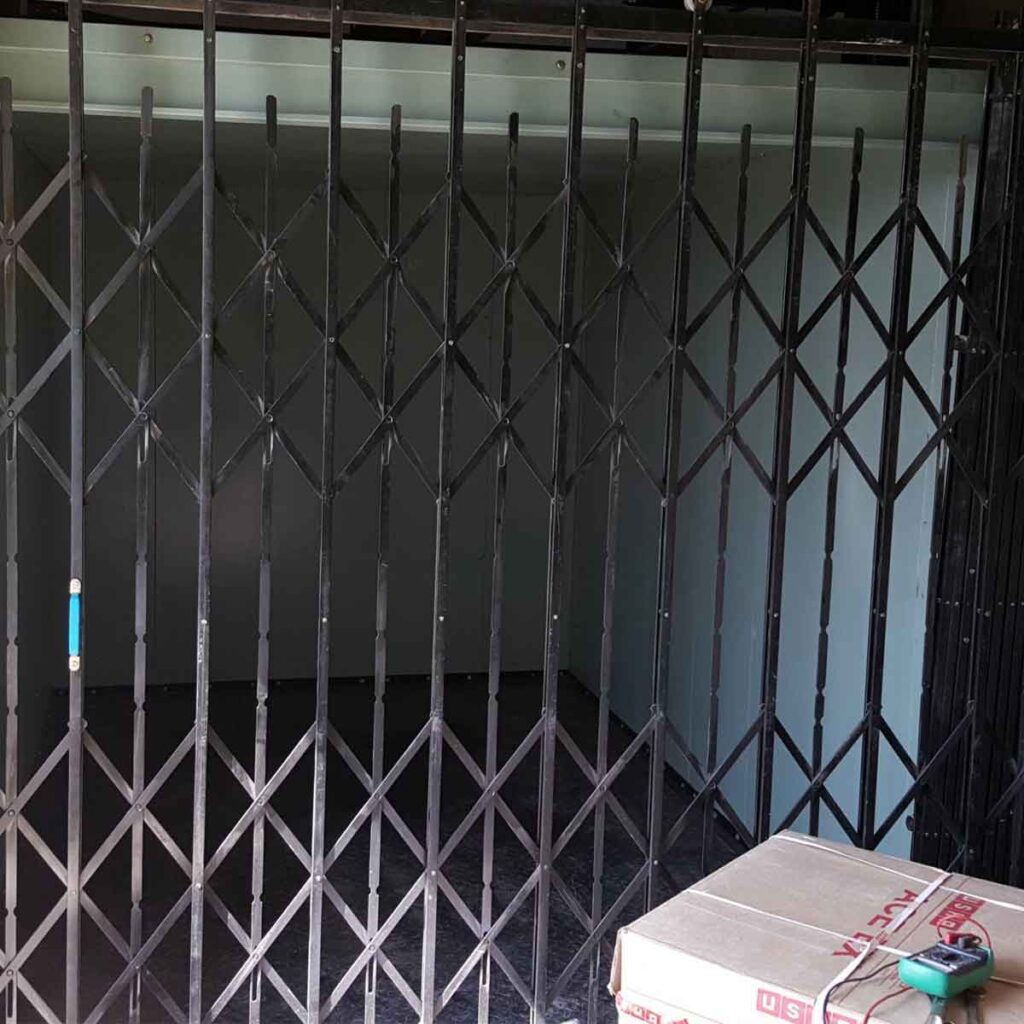
Ease of operation is another pivotal feature. High-quality goods lifts are engineered to be user-friendly, with intuitive control panels and easy-to-understand instructions. This simplicity in operation minimizes the risk of errors and reduces the need for extensive training, allowing personnel to focus on their core responsibilities rather than grappling with complex machinery.
Finally, compliance with industry standards significantly contributes to the overall functionality and reliability of goods lifts. Adherence to established protocols, such as ISO certifications and local regulatory requirements, ensures that the lifts meet or exceed safety and performance benchmarks. This compliance reassures users of the lift’s capability to operate effectively under specified conditions, providing peace of mind and dependability.
These key features collectively enhance the functionality, safety, and user experience of high-quality goods lifts, making them indispensable assets in various industrial settings.
Top Considerations When Choosing a Goods Lift Manufacturer
When selecting a goods lift manufacturer, several critical factors require careful evaluation to ensure a wise investment. Primary among these is the manufacturer’s reputation in the industry. Established manufacturers often have a track record reflecting reliability and customer satisfaction. Researching customer reviews, industry awards, and longevity in the market can provide valuable insights into a manufacturer’s reputation.
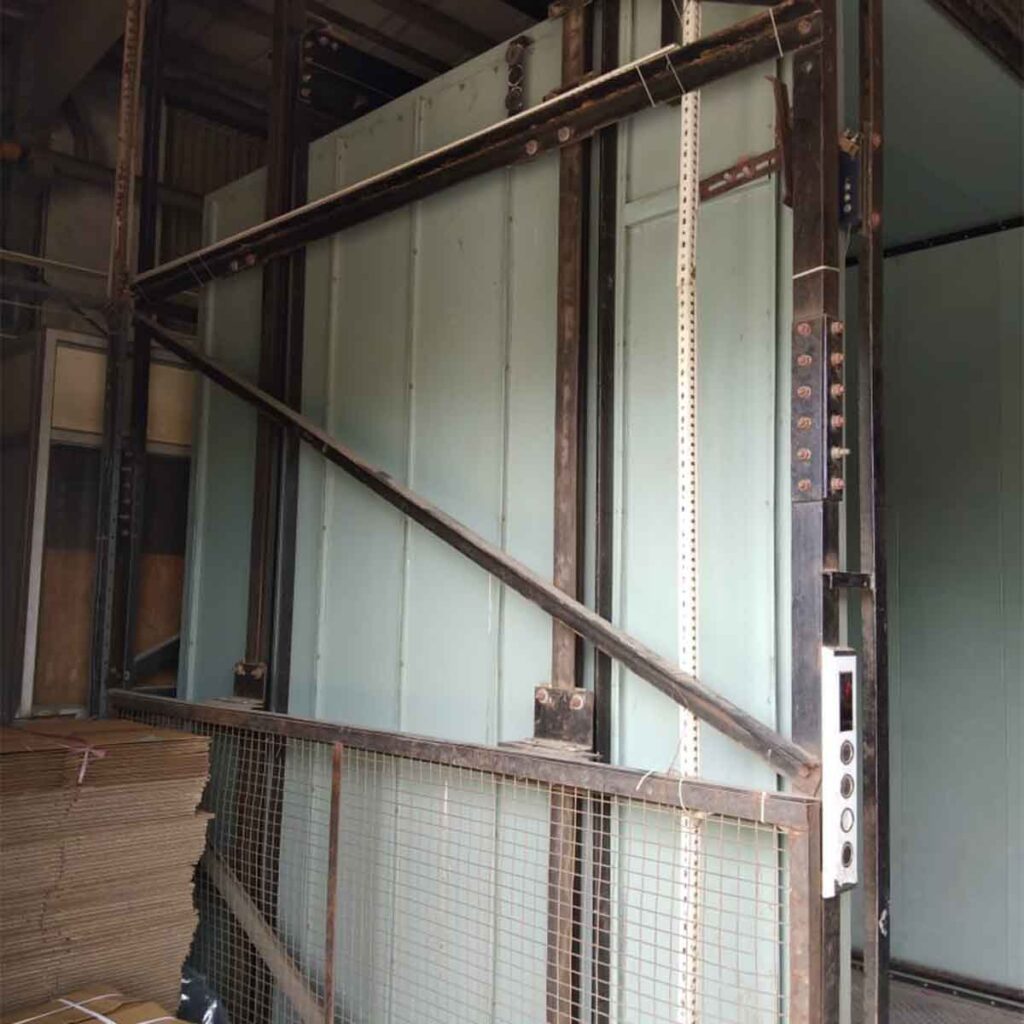
Experience is another crucial consideration. Manufacturers with extensive expertise often bring a depth of knowledge that can translate into the production of high-quality goods lifts. An experienced manufacturer will typically have encountered and understood the intricacies and challenges associated with various lift requirements, making them adept at providing effective solutions.
Certifications and compliance with industry standards further serve as important indicators of a manufacturer’s commitment to quality and safety. Check for ISO certifications and adherence to local and international safety regulations to ensure that the lifts meet stringent safety criteria. Compliance with such standards mitigates risks and assures product reliability.
Equally important is the level of customer service offered by the manufacturer. An efficient customer service department can facilitate smoother installation processes, provide swift responses to inquiries, and deliver expedient after-sales support. A manufacturer committed to excellent customer service is likely to be responsive and supportive throughout the entire lifecycle of the goods lift.
Customization options are essential, especially if your specifications require bespoke solutions. A manufacturer that offers flexible customization can tailor the lift’s design, features, and capabilities to meet your specific needs. This ability to customize ensures that you receive a goods lift that precisely aligns with your operational requirements.
The technology utilized by the manufacturer should not be overlooked. Technological advancements in lift manufacturing can enhance efficiency, safety, and durability. Investigate the latest technologies employed by potential manufacturers, such as advanced control systems, energy-efficient designs, and innovative safety features.
To thoroughly evaluate potential manufacturers, conduct comprehensive research. Utilize online reviews, request case studies, and engage in direct consultations. Visiting manufacturing facilities, when feasible, can also provide firsthand insight into their operations and quality control processes.
Leading Goods Lift Manufacturers Worldwide
In the realm of industrial equipment, a few notable goods lift manufacturers stand out for their contributions and innovations. This section highlights some of the industry’s leading names, exploring their history, specialties, and significant products.
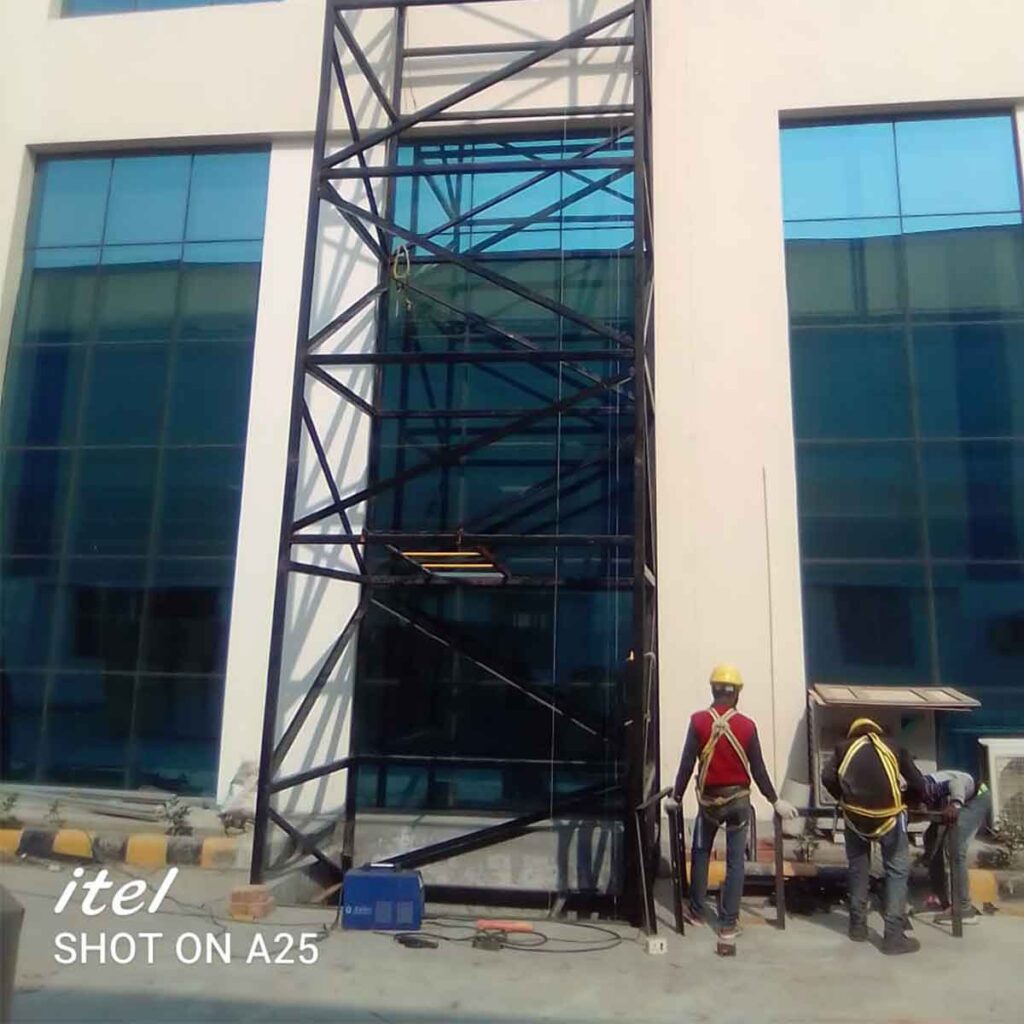
One of the premier names in goods lift manufacturing is Schindler Group, founded in Switzerland in 1874. Schindler’s goods lifts are known for their reliability and advanced technology, particularly their integration of smart mobility solutions. The company’s commitment to safety and efficiency is evident in products like the Schindler 2600, designed for heavy-duty use and featuring robust components that ensure smooth operation.
Another globally recognized manufacturer is Otis Elevator Company, established in 1853 in the United States. Otis has a long-standing reputation for innovation and excellence in vertical transportation. Their goods lifts, such as the Gen2® series, incorporate energy-efficient technologies and advanced design, offering enhanced performance and durability. Otis’s focus on eco-friendly solutions sets them apart in the industry.
Furthermore, thyssenkrupp Elevator (now part of TK Elevator) has been a pioneering force since its inception in Germany in 1999. Known for their innovative engineering, thyssenkrupp’s goods lifts like the TE-GL series are notable for their customizable features and advanced safety systems. The company has a notable emphasis on digital solutions, with integrated maintenance and monitoring systems improving overall operational reliability.
KONE Corporation, based in Finland and founded in 1910, also stands out in the industry. KONE’s goods lifts emphasize smooth handling and energy efficiency. The KONE E MiniSpace and KONE TranSys™ are prime examples of their high-capacity lifts designed for extensive industrial use. KONE’s integration of ecological and sustainable practices in their manufacturing processes highlights their forward-thinking approach.
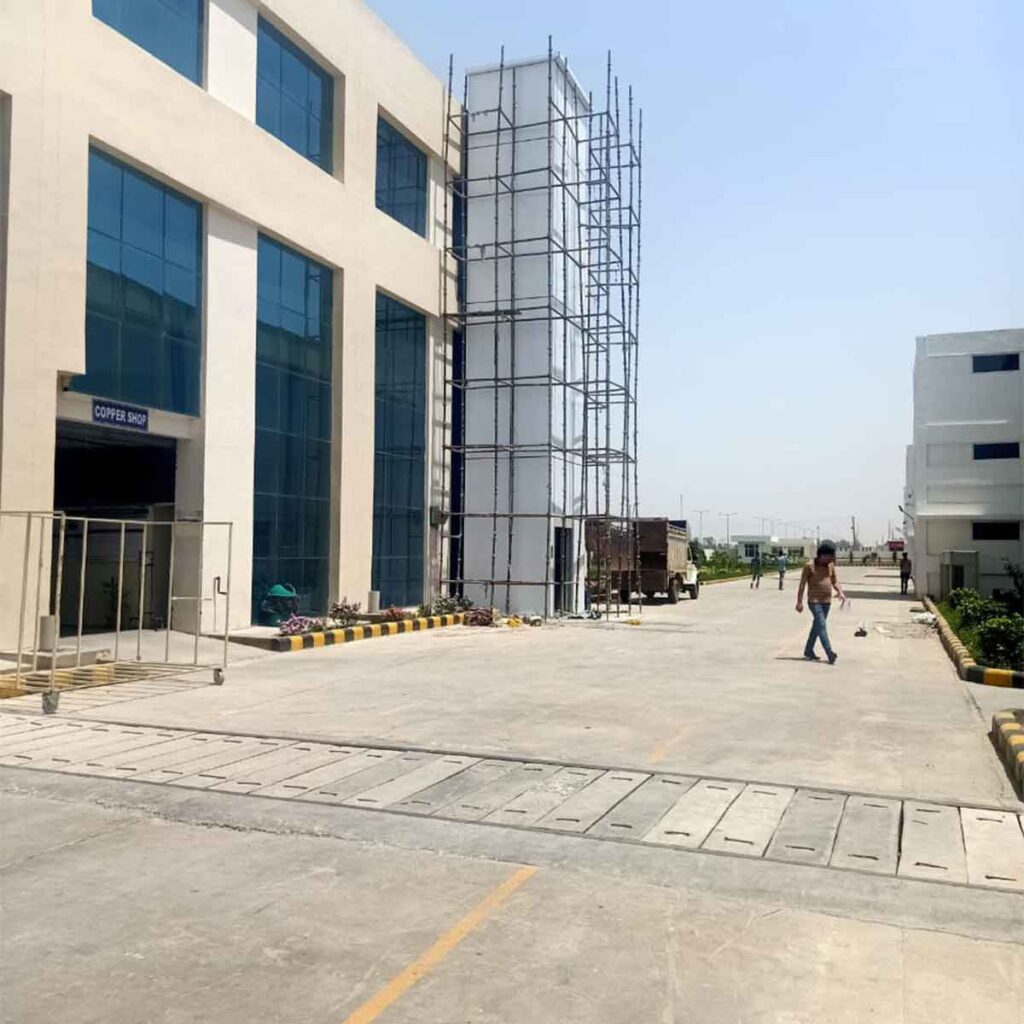
Lastly, Mitsubishi Electric, originating from Japan in 1921, brings its rich tradition of precision engineering to the goods lift market. Products such as the Mitsubishi NexWay series boast high-speed operation and excellent energy performance. Mitsubishi’s commitment to cutting-edge technology and reliability has earned it a solid reputation in the goods lift sector.
These manufacturers collectively drive the industry forward, continually enhancing the capabilities and efficiencies of goods lifts through technological advancements and a profound commitment to quality and innovation.
Case Studies: Successful Implementations
Examining real-world applications helps illuminate the enduring value and practical benefits of goods lifts, particularly when engaged with top-tier manufacturers. One prominent example comes from a large-scale distribution center in Frankfurt, Germany. This facility faced significant challenges due to constant traffic between multiple floors, leading to delays and inefficiencies. Partnering with a leading goods lift manufacturer, they implemented an advanced, high-capacity lift system tailored to their unique logistical needs.
The solution provided was a robust multi-carriage goods lift which allowed simultaneous loading and unloading on different floors. This innovation drastically reduced wait times and streamlined their distribution process, resulting in an impressive 30% increase in overall operational efficiency. The integration of smart technology further enabled real-time monitoring and maintenance alerts, ensuring consistent performance with minimal interruptions.
In another notable case, a manufacturing plant in Tokyo implemented a custom-designed goods lift system to address their spatial constraints and heavy machinery requirements. Initially, the plant experienced frequent bottlenecks due to limited vertical transport capacity, severely impacting productivity. By collaborating with a renowned manufacturer, they introduced a compact yet powerful solution – a double-mast goods lift that maximized available space while providing the strength to handle heavy loads.
This implementation not only solved their logistical challenges but also improved workflow and safety standards. The enhanced lift system integrated seamlessly with their existing infrastructure, ensuring minimal disruption during installation. Post-implementation metrics revealed a 25% improvement in throughput and a significant reduction in handling-related accidents.
Lastly, a retail giant in New York faced difficulties managing inventory movement between storage and sales floors. Engaging a top goods lift manufacturer, they adopted a vertical conveyance system optimized for rapid and frequent transition tasks. The system incorporated energy-efficient technology, drastically cutting operational costs while bolstering productivity.
These case studies underscore the tangible benefits and transformative impact of quality goods lift systems. From boosting efficiency to enhancing safety and reducing costs, these real-world implementations exemplify the vital role that top goods lift manufacturers play in diverse industrial and commercial applications.
Emerging Trends in Goods Lift Manufacturing
The goods lift manufacturing industry is undergoing significant transformations driven by advancements in technology and evolving market demands. One of the most notable trends is the integration of automation and smart technologies. Manufacturers are increasingly incorporating Internet of Things (IoT) devices and artificial intelligence (AI) into goods lifts, enhancing their efficiency and reliability. These smart lifts are capable of self-diagnosing issues, optimizing operational efficiency, and providing real-time data analytics, which allow for predictive maintenance and reduced downtime.
Sustainability has also become a key focus within the industry. Companies are adopting greener manufacturing practices, such as using renewable energy sources and eco-friendly materials. The emphasis on sustainability extends to the design and operation of the goods lifts themselves. Energy-efficient drives and regenerative braking systems are becoming standard, significantly reducing the carbon footprint. These innovations not only benefit the environment but also result in cost savings for businesses through decreased energy consumption.
Another significant development is the use of advanced materials. Lightweight composites and high-strength alloys offer superior performance and durability while reducing the overall weight of the lifts. This reduction in weight can lead to improved energy efficiency and lower operational costs. Additionally, these materials often require less maintenance, contributing to lower long-term expenses.
The customization of goods lifts is also on the rise. Modern manufacturing techniques allow for tailored solutions that meet specific industry requirements. Whether it’s designing lifts for unique spatial constraints or integrating additional safety features, customization enhances functionality and usability.
These emerging trends are reshaping the future of goods lift manufacturing, driven by the need for greater efficiency, sustainability, and adaptability. As technology continues to advance and environmental concerns grow, the industry is expected to innovate further, offering increasingly sophisticated and environmentally friendly lifting solutions. Keeping abreast of these trends is essential for stakeholders looking to invest in state-of-the-art goods lifting equipment.
Maintenance and Lifespan: Ensuring Long-Term Performance
Maintaining goods lifts is essential for ensuring their long-term performance and reliability. Regular upkeep not only extends the lifespan of the equipment but also enhances operational safety. A well-planned maintenance schedule is the cornerstone of optimal performance for goods lifts. Manufacturers typically recommend performing rigorous checks at least once a month, which includes inspecting the mechanical parts, electrical systems, and software components.
Common issues that arise in goods lifts include wear and tear of mechanical components, electrical failures, and minor software glitches. It’s crucial to keep an eye out for unusual noises, vibrations, or any signs of corrosion, as these can indicate underlying problems. Lubrication of moving parts and timely replacement of worn-out components are essential practices to prevent breakdowns. Cleaning lift shafts and ensuring that door mechanisms operate smoothly also contribute to the system’s overall efficiency.
Manufacturers significantly support the maintenance process through comprehensive service contracts and robust support systems. These service contracts often include routine inspections, emergency repairs, and technical consultations to ensure prompt attention to any issues that arise. Additionally, manufacturers often provide training for in-house maintenance teams, equipping them with the necessary knowledge and tools to handle minor repairs and regular upkeep tasks.
Best practices for maintaining goods lifts also involve keeping detailed records of all maintenance activities. This documentation helps track the history of repairs and replacements, aiding in predictive maintenance planning. Furthermore, leveraging advanced diagnostic tools and remote monitoring systems offered by manufacturers can preemptively identify potential issues before they escalate.
In conclusion, a well-structured maintenance program, supported by manufacturer service contracts and modern diagnostic tools, is pivotal in ensuring the long-term performance of goods lifts. Regular checks and proactive upkeep not only mitigate the risk of unexpected failures but also maximize the efficiency and lifespan of the equipment.
Conclusion: Making an Informed Choice
Throughout this exploration of the top goods lift manufacturers, we have delved into various critical aspects that should influence your decision-making process. Selecting a reliable and high-quality goods lift manufacturer is paramount, not only to ensure operational efficiency but also to guarantee the safety and longevity of your investment. As we’ve highlighted, the most reputable manufacturers offer a balance of superior engineering, cutting-edge technology, and exceptional customer service.
When evaluating your options, it is essential to consider your specific requirements such as load capacity, lift speed, and the nature of goods being transported. Manufacturer reputation, after-sales service, and compliance with industry standards are also pivotal in making an informed choice. The emphasis should be on finding a partner who understands your operational needs and can provide customized solutions that enhance productivity.
Stay informed about the latest developments in the goods lift industry. Advancements in technology, such as IoT-enabled lifts and energy-efficient models, can provide long-term benefits and cost savings. Regularly reviewing case studies and user testimonials can provide valuable insights into real-world performance and reliability.
Ultimately, the goal is to choose a goods lift manufacturer that aligns with your business objectives and can support your growth. By weighing your options carefully and staying up-to-date with industry trends, you can make a well-rounded decision that benefits your operation for years to come. Consider all aspects discussed to ensure you make a choice that is well-suited to the unique demands of your business.

Pingback: Goods Lifts